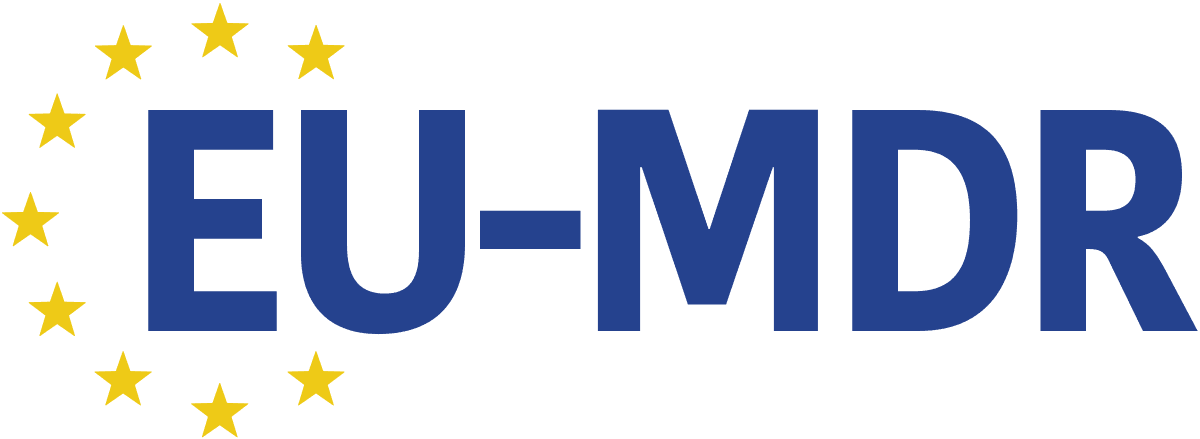
The European Union Medical Device Regulation (EU MDR) is a significant milestone in the constantly changing field of medical device regulation. With its implementation, the EU aims to enhance patient safety, strengthen market surveillance, and ensure the highest standards of quality and efficacy for medical devices. In this comprehensive guide, we delve into the key aspects of EU MDR, its implications for manufacturers, and how stakeholders can navigate the new regulatory framework.
Understanding EU MDR: An Overview
EU MDR represents a significant shift from the previous Medical Device Directive (MDD) and In Vitro Diagnostic Medical Devices Directive (IVDR). It introduces stricter requirements for the classification, evaluation, and post-market surveillance of medical devices, reflecting advances in technology, changing market dynamics, and lessons learned from past incidents.
Key Changes and Requirements
- Classification and Conformity Assessment: Under EU MDR, medical devices are classified based on their intended use and potential risks, with stricter criteria for higher-risk devices. Manufacturers must conduct comprehensive conformity assessments, including clinical evaluations and post-market surveillance activities, to demonstrate compliance with regulatory requirements.
- Quality Management Systems: EU MDR emphasizes the importance of robust quality management systems (QMS) throughout the product lifecycle. Manufacturers are required to implement and maintain QMS processes that ensure the safety, performance, and reliability of their devices, including risk management, design controls, and post-market surveillance.
- Unique Device Identification (UDI): One of the notable changes introduced by EU MDR is the mandatory implementation of a UDI system for medical devices. UDIs enable traceability and facilitate the identification and tracking of devices throughout their lifecycle, enhancing transparency, and accountability in the supply chain.
- Clinical Evidence and Performance Evaluation: EU MDR places greater emphasis on clinical evidence and performance evaluation, requiring manufacturers to provide comprehensive data to support the safety and efficacy of their devices. This includes clinical investigations, post-market clinical follow-up, and real-world evidence to demonstrate long-term performance and patient outcomes.
Implications for Stakeholders
- Manufacturers: Compliance with EU MDR requires manufacturers to invest in resources, expertise, and infrastructure to meet the new regulatory requirements. This may involve updating product documentation, conducting additional testing, and enhancing post-market surveillance capabilities.
- Notified Bodies: Under the EU MDR, Notified Bodies are essential to the conformance evaluation procedure. They must undergo rigorous designation and oversight by competent authorities to ensure their competence, impartiality, and reliability in assessing medical devices’ conformity with regulatory requirements.
- Healthcare Providers: It is imperative for healthcare professionals to remain up-to-date on the modifications brought about by the EU MDR and collaborate closely with manufacturers to guarantee the accessibility of secure and efficient medical devices for patient care. They may need to update procurement processes, training programs, and clinical protocols to align with the new regulatory requirements.
Navigating the Transition
As the deadline for compliance with EU MDR approaches, stakeholders across the medical device industry must proactively prepare for the transition. This may involve conducting gap assessments, engaging with regulatory authorities, and collaborating with partners across the supply chain to ensure a smooth and timely transition to the new regulatory framework.
Conclusion
EU MDR represents a paradigm shift in medical device regulation, ushering in a new era of heightened scrutiny, transparency, and accountability. By understanding the key changes and requirements introduced by EU MDR, stakeholders can adapt their processes, practices, and strategies to meet the evolving regulatory landscape’s demands. The medical device sector can keep innovating and improving patient care while maintaining the highest standards of safety and quality with proactive planning, teamwork, and compliance.
